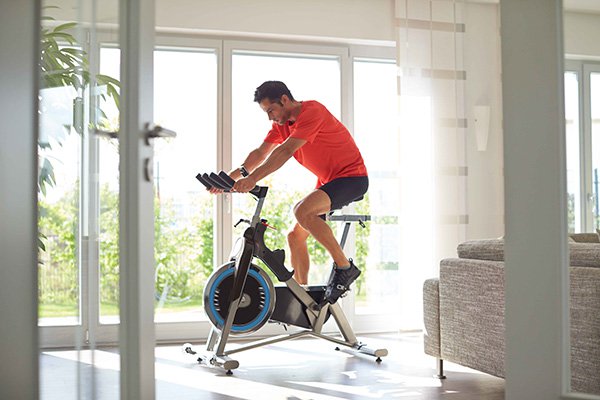
It’s practically impossible to talk about exercise without the topic of “calories” somehow coming up. Whether you’re trying to lose weight by burning off excess calories or just trying to fuel your activity by making sure you eat enough, being able to accurately track your caloric expenditure can be a powerful tool. Frustratingly, though, there are many highly personal factors that can have a large impact on the actual amount of calories your body uses during exercise. Understanding these factors, and using that knowledge, can help you design the most effective workout for your unique situation.
Fitness Level
If you’ve ever worked hard to lose a large amount of weight, you know the excitement that comes with that first rapid decrease at the scale and the frustration that follows with the slowing of progress as you get closer to your goal. One of the reasons that this happens has to do with how your body adapts to exercise.
Consider a car: The better maintained it is, the more efficiently the engine runs and the less fuel it needs to travel the same distance as a car that is less cared for. Your body is very similar. As you become more fit, you will use significantly less calories to get through your workouts than you did when you first got started.
Type of Exercise and Workout Design
It may seem obvious to say that some exercises burn more calories than others but the real impact of this statement is much deeper than it appears at first. Generally speaking, the more muscle fibers you have working at once, the more calories you will burn.
To capitalize on this when strength training, focus on compound movements that emphasize big muscle groups like the chest, back and legs. When it comes to cardio, elliptical machines tend to activate more muscles at once than other modes and interval training increases the burn even more.
Surprisingly, your rest periods can also strongly affect how many calories you burn through during your workout. Try to keep your rests to about 60 seconds between each set. This applies to strength training and cardio interval training as well.
A Product of Your Environment
Running presents a special set of challenges that can all change how much fuel your body uses. Uneven and shifting terrain, like sand, incorporates more muscles than a solid surface by forcing your body to compensate and balance you out.
Other aspects of your environment when running outside, even those that seem relatively benign, should be considered. The density of the air, generally associated with elevation can both increase and decrease your caloric expenditure. Running at high altitudes, where the air is thinner, will require significantly fewer calories than at a lower elevation.
Even the wind can make things more difficult. It doesn’t have to be a gale-force gust to make a difference, either. If the wind is steadily blowing against you, it can add a challenge whereas a cycling behind another ride can save up to 26 to 38 percent of energy. Unfortunately, running in the same direction doesn’t necessarily make things any easier for you.
Keeping Your Numbers Accurate
Many devices are available to help you estimate your caloric expenditure during your exercise but, as we’ve discussed a very personalized approach is needed to keep things as accurate as possible. To that end, make sure to enter your correct age and weight into any equipment your on. Using included heart rate meters will also given the machine a good idea of how hard you’re working and, subsequently, your fitness level.
Do you have any tricks to estimating your caloric expenditure? Please share them in comments.
Sources
http://www.acefitness.org/updateable/update_display.aspx?pageID=593
http://www.bodybuilding.com/fun/top-factors-effecting-calorie-burn.html
http://web.cortland.edu/buckenmeyerp/Lecture15.html

